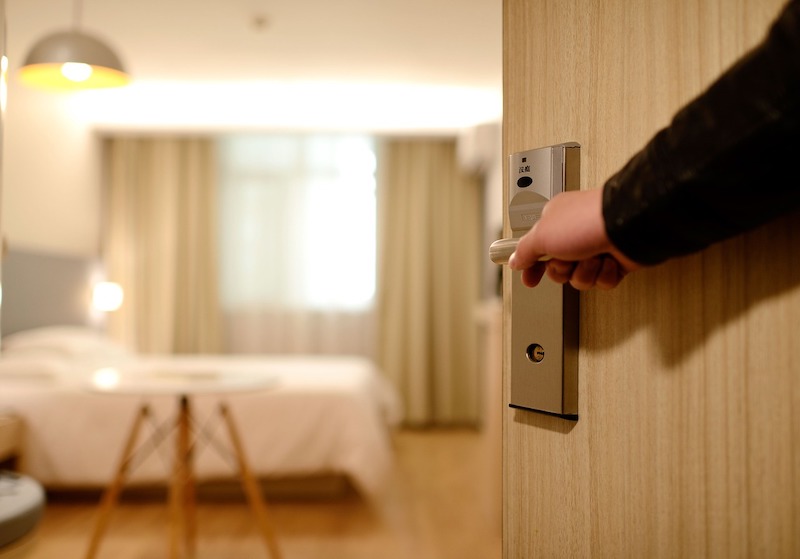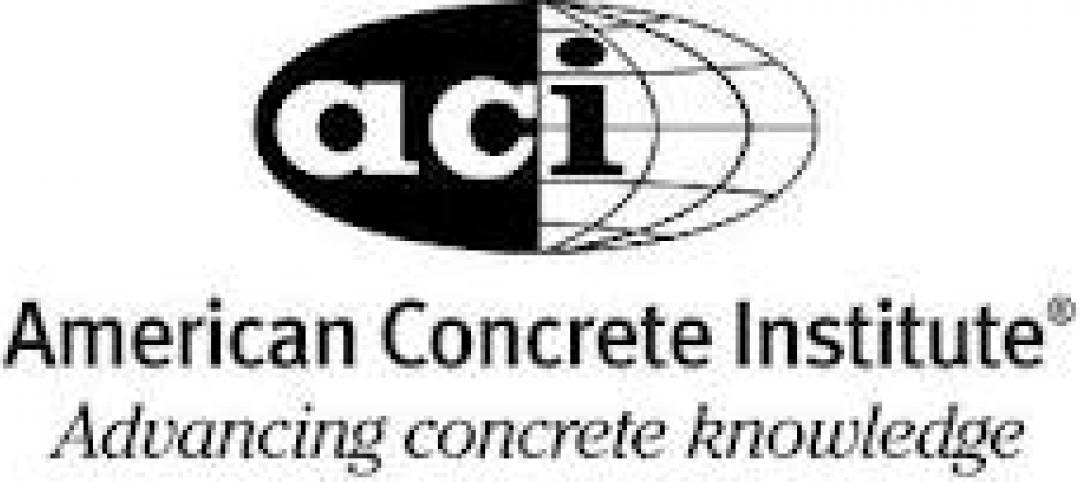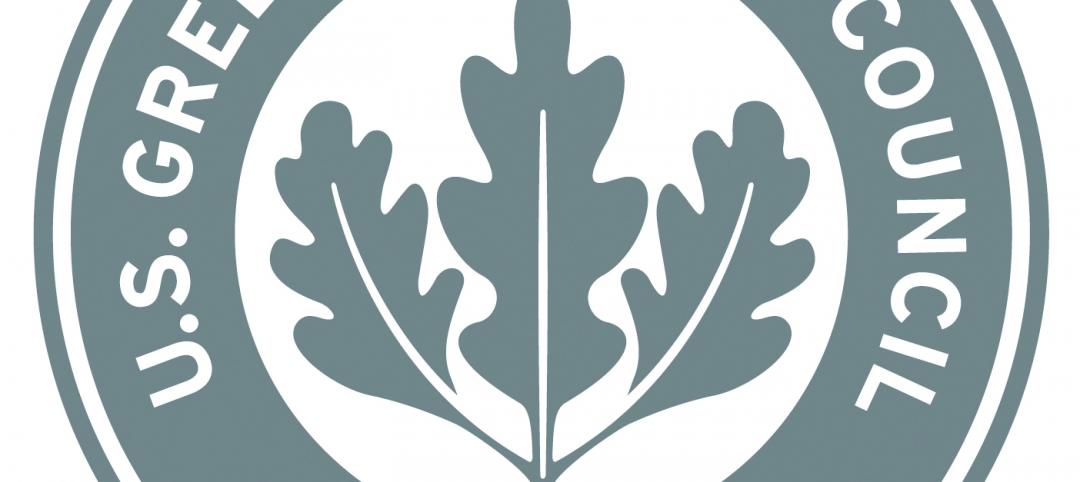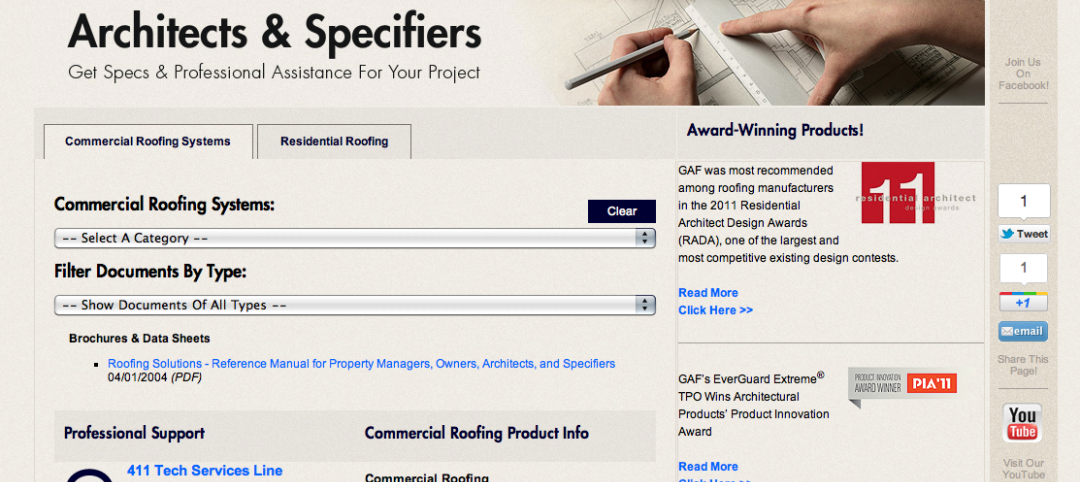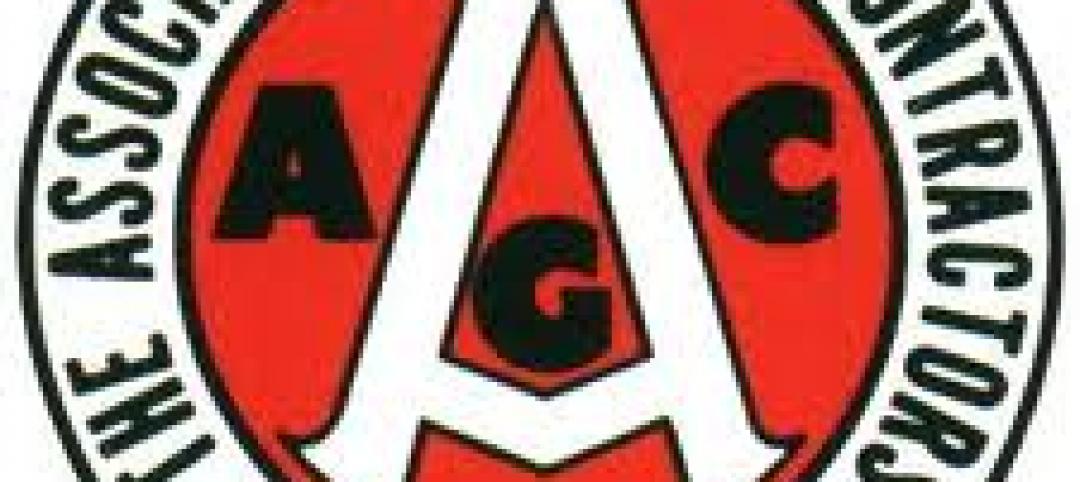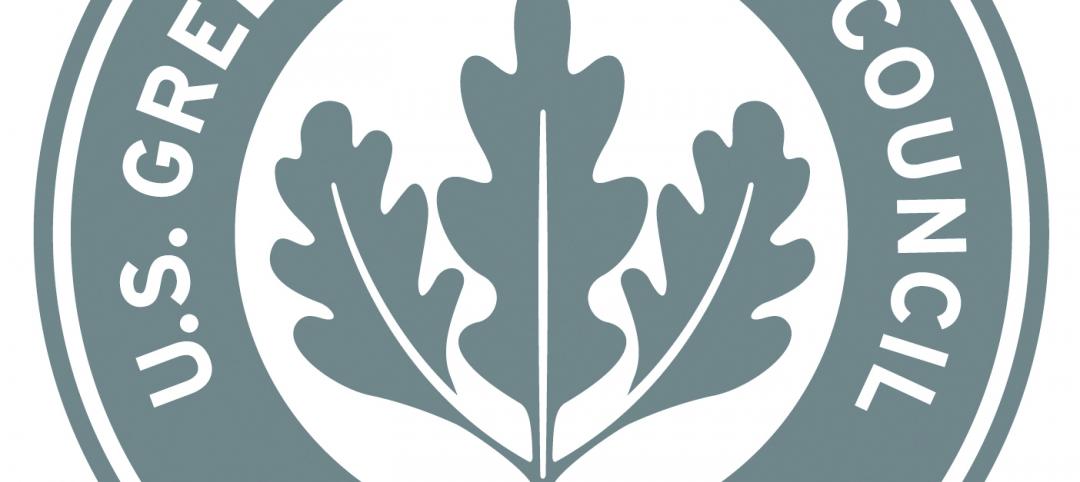In the most recent Lodging Econometrics (LE) Construction Pipeline Trend report on New York City, LE states that New York City has a total of 155 projects/26,605 rooms in the construction pipeline, one of the top three largest pipelines in the U.S. Of this total, hotels presently under construction are at 102 projects/17,504 rooms, projects scheduled to start construction in the next 12 months are at 23 projects/3,637 rooms, and those in early planning are at 30 projects/5,464 rooms.
The three market tracts with the largest hotel construction pipelines are: Midtown South, the area between 24th and 36th Streets, with 33 projects/7,620 rooms; the greater New York City Area, which includes Brooklyn, the Bronx, and Staten Island, with 28 projects/2,436 rooms; and the East River area, which includes Queens and Brooklyn West, with 27 projects/4,499 rooms. These three important market tracts combined account for 55% of the rooms in New York City’s total construction pipeline.
The market tracts with the most projects presently under construction are Midtown South with 25 projects/6,012; the East River area with 18 projects/2,925 rooms; and JFK/Jamaica, which includes the area of Queens from the Grand Central Parkway south, the JFK Airport area and Jamaica, with 15 projects/2,055 rooms.
LE’s forecast for new hotel openings predicts that New York City will lead the nation for new hotel openings in 2019 with 41 projects/6,809 rooms. In 2020, New York is again forecast to top the list of new hotel openings with 61 projects/8,283.
Related Stories
| Feb 23, 2012
Privatizing flood insurance could lead to new code requirements
One thing that could pave the way toward private flood insurance would be NFIP reforms, like requiring new construction in flood-prone areas to be elevated.
| Feb 22, 2012
ACI BIM manual for cast-in-place concrete in development
The improved communication, coordination, and collaboration afforded by BIM implementation have already been shown to save time and money in projects.
| Feb 20, 2012
Comment period for update to USGBC's LEED Green Building Program now open
This third draft of LEED has been refined to address technical stringency and rigor, measurement and performance tools, and an enhanced user experience.
| Feb 20, 2012
GAF introduces web portal for architects and specifiers
The new portal offers a clean look with minimal clutter to make it easier to find the technical information and product data that architects need.
| Feb 17, 2012
AGC advocates for federal procurement reform
Ensure that small business goals take into consideration actual small business capacity in relevant specialty markets.
| Feb 17, 2012
Codes not to blame for Anchorage roof collapses following heavy snows
Design or construction problems likely contributed to the collapses, according to city officials.
| Feb 17, 2012
Comment period opens March 1 for LEED 2012 update
USGBC says that LEED's strength comes from its continuous evolution.
| Feb 17, 2012
OSHA training videos on proper respirator use available online
17 short videos to help workers learn about the proper use of respirators on the job.
| Feb 17, 2012
Union/employer collaboration on the rise aimed at exceeding OSHA safety standards
Unions have learned to help employers win contracts with bids made competitive through good safety practices.


